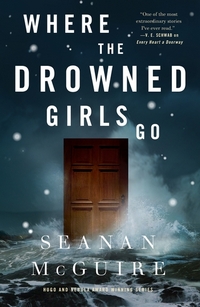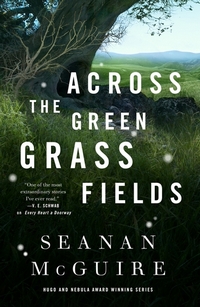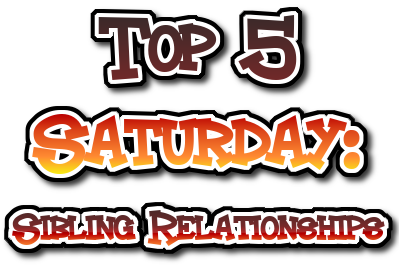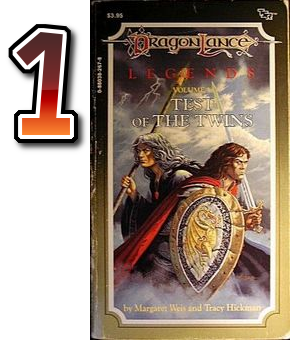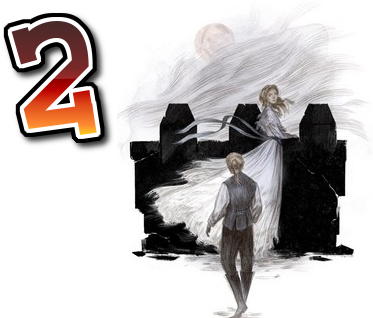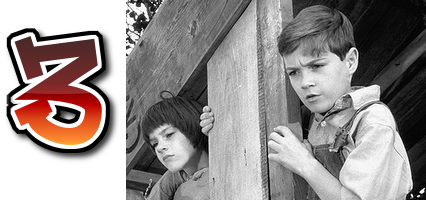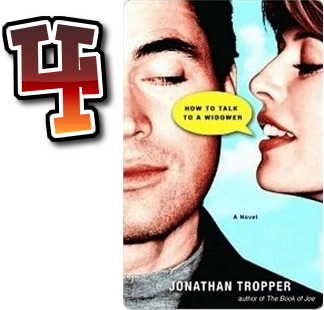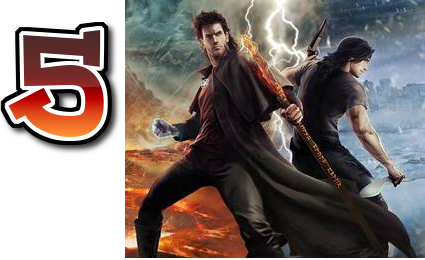 Adrift in Currents Clean and Clear
Adrift in Currents Clean and Clear
DETAILS: Series: Wayward Children, #10 Publisher: Tordotcom Publication Date: January 7, 2025 Format: eARC Length: 160 pgs. Read Date: December 16-18, 2024

What’s Adrift in Currents Clean and Clear About?
One of the advantages (and, to be fair, aggravating parts) of this series is that each book can be from anywhere on the series timeline. Here in the tenth installment, we get the origin story of someone that we got to know in the third book (Beneath the Sugar Sky). Reality itself is wibbly-wobbly in this series, why not timey wimey?
We meet Nadya at birth—where a young Russian woman who is not ready to be a mother is rushing to give her up—even before she’s freaked out that Nadya is missing an arm. As we watch Nadya growing up, she doesn’t really seem to care about the arm she never had. But when a couple of Americans come to adopt a disadvantaged Russian child, it starts to become a factor in her life.
She’s not comfortable with her new life in the States (yet?), but when a prosthetic arm is imposed on her (in the name of help—see below), she’s made to feel incomplete as well as Other. Her only solace is the pond a short walk from her adoptive parents’ home where she can watch turtles—an animal that has long fascinated her.
Before she knows it, she falls through a Door and ends up in a world she doesn’t understand or recognize (but really isn’t that much stranger than the change from a Russian orphanage to a Colorado suburb).
The Lost and the Lonely
I probably shouldn’t have—but I laughed when she got the “Be Sure” message. It’s in a seemingly-cruel place, but it was original and it meant the story was progressing. I also found her Door rather intriguing.
But better than that was the way her arrival in Belyrreka, the Land Beneath the Lake, was explained to her. Sometimes people come to Belyrreka* because a hero is needed to do something. But sometimes, it’s just that someone isn’t at home in their world and they need a place to fit in. Nadya is the latter, so it seems. Given that most of the children we’ve seen go through a Door to do something heroic, it’s nice to see this option.
This doesn’t mean she’s incapable of heroism, or of doing something important. It just means that she probably ended up in Belyrreka because she belonged there more than on Earth.
This is really a slice-of-life story. We just get to see how Nadya lives and matures in a place where she feels that she belongs, with family, friends, and a purpose. Yes, in the back of our minds, we know that something is going to happen and she’s going to end up at Eleanor West’s Home for Wayward Children. But until then… This novella is like the years between Aslan coronating the Pevensies and the fateful hunt for the White Stag—nothing heroic, nothing particularly notable. Just…life. Regular, ordinary, day-to-day life.
Well, “ordinary” in a world that’s described as Beneath a Lake, where everyone is underwater to one degree or another (breathing without gills), full of talking animals, and where a river can magically endow people with gifts/obligations. So it’s a loose use of the word “ordinary.”
* And by implication, other worlds
I’m Not Entirely Sure This One is Fair
Many of the children we’ve met—particularly if we’ve met their parents, too—aren’t all that fond of their parents. They’re critical of them (even before their Doors appear, definitely afterward). By and large, I’ve been with the children in their critiques and evaluations of the parents—even when it’s clear that the parents are doing their best (which doesn’t happen as often as it should).
I’m not convinced that Nadya is entirely fair when thinking about the adults in her life. Her appraisal of the orphanage staff (at least after they arranged for her to get adopted) is harsh when they really just did what they could to help her get out of the orphanage (which she sees, but attributes it to less-than-altruistic ends). Her parents really don’t understand her (beyond the language) and are clumsy at best in their attempts to help her fit into Colorado. It’s hard to tell how much of the assessment of their motivations and attempts comes from the omniscient narrator and how much is Nadya’s. But really, I think whoever is doing the assessing could be more charitable (without giving blanket approval).
Particularly her adoptive father—I really get the sense that his affection is real and that in time, he’d have become what she needs. I’m not so sure about his wife, however… On some level, they are trying to make life better. But her ideas of better and what needs improved differ.
Now, Nadya is a prepubescent child yanked out of the only home she ever knew, brought to another country and culture without warning (or consent), and forced into a mold and environment that she’s unprepared for. So, sure, she’s going to be less than charitable—it’s justified and understandable. I just wish the narration did a slightly better job of showing that.
So, what did I think about Adrift in Currents Clean and Clear?
That aside…I loved Nadya. Getting to know her like this was great.
This is a book about home. About acceptance. About finding your place in the world, with people who “get” you, who care about you, and who want the best for you—even if that best doesn’t necessarily make a lot of sense to them.
It’s nice, it’s comforting, and it’s reassuring to see Nadya find this for herself and getting to enjoy it for as long as she does. Yes, it’s hard to see her end up back in the “real world” knowing that means some misery before Eleanor comes to her (at least partial) rescue.
There’s a little less whimsy to this novella than many of the other installments in the series—outside of the construction of the world. But if I had to tag this with any description, I’d probably use “cozy.” If I didn’t know this series, I’d assume it would belong with Travis Baldtree or S.L. Rowland. Maybe Heather Fawcett. But I do know better—this series continues to transcend easy categorization. Wayward Children is its own subgenre.
McGuire brings the emotional depth that Nadya and her story need. Belyrreka is a great world that operates on its own (self-aware) logic—it’s a place I’d love to visit (assuming I wouldn’t panic at the whole living underwater thing, which I can’t promise), but wouldn’t want to live. But McGuire brings it to life and fills it with people I wish I could get to know more.
This is definitely one of the stronger books in this series that is on a great roll lately, I commend it to your attention. As with just about every book in the series, it can be read as a stand-alone or as an entry point (but I strongly encourage reading at least Every Heart a Doorway before any of the others). I was sad when it ended—not because of the way it ended, I just wasn’t ready to move on. I predict I won’t be alone in that.
Now, excuse me…I need to go figure out a way to cram in a re-read of Beneath a Sugar Sky to my schedule.
Disclaimer: I received this eARC from Tordotcom Publishing via NetGalley in exchange for this post—thanks to both for this.

This post contains an affiliate link. If you purchase from it, I will get a small commission at no additional cost to you. As always, the opinions expressed are my own.
![]()



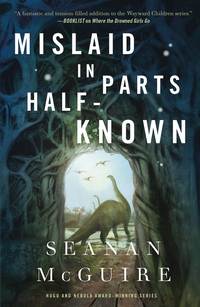
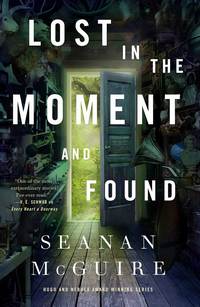

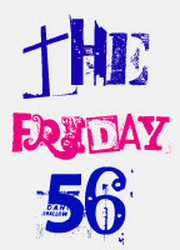
 Grab a book, any book.
Grab a book, any book.